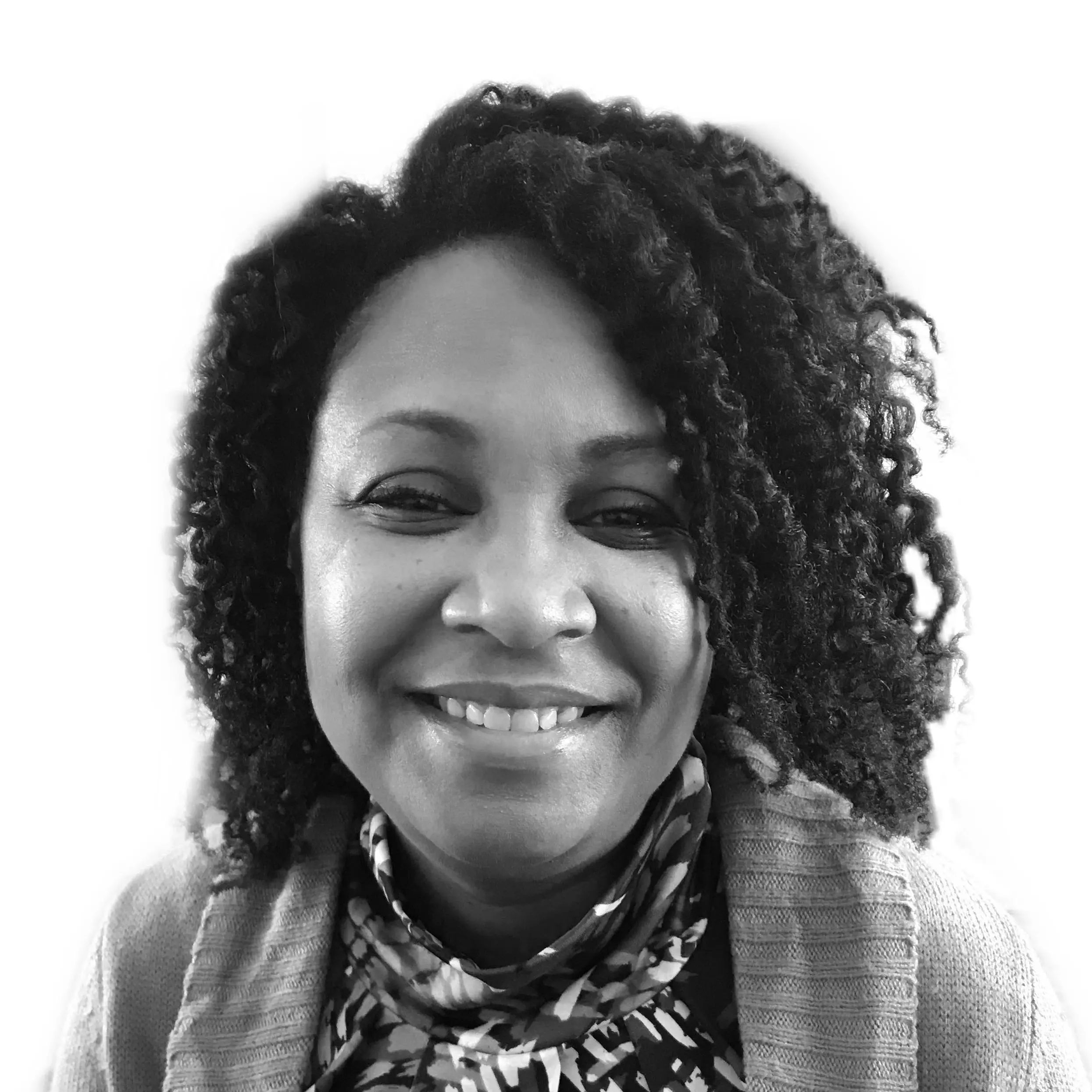
Psychotic disorders are highly stigmatized mental illnesses estimated to affect less than one percent of the U.S population but can become debilitating without treatment.
According to research, people with a psychotic disorder are at least three times as likely to have co-occurring substance use issues compared to the general population.
The reasons for this are complex but are largely attributed to genetic, neurological, and environmental factors.
What Are Psychotic Disorders?
Psychotic disorders are chronic mental health disorders that can interfere with a person’s perceptions, their ability to think clearly and rationally, and can affect mood and behavior.
These are considered serious mental illnesses (SMI) that can severely disrupt a person’s ability to function and live independently, left untreated.
Psychotic disorders include:
- schizophrenia
- schizoaffective disorder and addiction
- bipolar disorder (with psychotic symptoms)
Most people develop these disorders in their late teens or young adulthood. Left untreated, they can become severe, debilitating conditions. They often co-occur with other mental health issues.
What Causes Psychotic Disorders?
The exact causes of psychotic disorders are unknown. This is a subject of ongoing research, although experts have identified several contributing factors.
Research suggests psychosis may be linked to:
- brain chemistry
- genetic predisposition
- pregnancy complications (e.g. exposure to malnutrition before birth)
- environmental factors
In addition to direct causes, some other factors—such as drug abuse, high stress, and autoimmune disorders—have also been linked to the development of psychotic disorders.
Addiction And Schizophrenia
Schizophrenia is one of the top 15 leading causes of disability worldwide, and can become debilitating without treatment. Early intervention is believed to be of critical importance.
This disorder is characterized by hallucinations, delusions (false beliefs), and paranoia—although actual symptoms experienced can vary from person to person.
Psychotic symptoms of schizophrenia can be triggered by the use of some drugs. Substance use may also be used as a way to self-medicate symptoms, to mask or reduce their severity.
Addiction And Schizoaffective Disorder
Schizoaffective disorder has symptoms similar to schizophrenia, but is also accompanied by symptoms of mood disorders, such as episodes of mania or severe depression.
People with schizoaffective disorder may use drugs or alcohol to numb, cope with symptoms, or to mask their psychotic symptoms.
What’s The Connection Between Substance Abuse And Psychosis?
Psychosis, a symptom characterized by a loss of touch with reality, is the primary symptom of psychotic disorders—and can be triggered by the misuse of certain drugs.
Substance abuse, particularly drug abuse, is considered a risk factor for developing a psychotic disorder, and vice versa.
What research on this connection shows:
- Nearly 50 percent of people with schizophrenia have a co-occurring substance use disorder.
- Early use of marijuana (cannabis) in adolescence has been linked to the onset of psychotic symptoms in teens already genetically predisposed to schizophrenia.
- An estimated 40 percent of people with schizophrenia in the United States are untreated, which may be a risk factor for using drugs or alcohol to self-medicate.
- Up to 70 percent of people who have a first episode of psychosis are estimated to develop a substance use disorder at some point in their lifetime.
Can Drug Abuse Cause A Psychotic Disorder?
The answer to this is complicated. Several drugs—including cocaine, methamphetamine, and marijuana—can cause symptoms of psychosis, including hallucinations and extreme paranoia.
It’s unclear whether substance abuse can directly cause a lifelong psychotic disorder in people who aren’t genetically predisposed.
Risk Factors Of Psychosis
Substance-induced psychosis, or a substance-induced disorder, is a term used to describe a mental health disorder that has been triggered by drug or alcohol abuse.
Risk factors for this can include:
- heavy drug use or drinking
- long-term substance abuse
- use of psychostimulants
- co-occurring mental illness
- beginning substance use at an early age
Some people who develop psychotic symptoms as a result of substance abuse or addiction may see these symptoms go away once they become sober, and with treatment.
Diagnosing Psychotic Disorders With Co-Occurring Substance Abuse
Diagnosing a psychotic disorder requires more than identifying a single psychotic episode, although first-episode psychosis in teens is considered a priority for early intervention efforts.
Diagnosing a psychotic disorder will require a clinician taking into account many genetic, environmental, and personal factors, in addition to assessing a person’s symptoms.
Considerations for diagnosis may include:
- age
- family history of mental illness
- duration and severity of substance use
- history of psychosis
- medical history
- co-occurring mental illness
- type of substance used
Within an addiction treatment setting, a doctor may need to observe a person for some time to determine whether psychotic symptoms are substance-induced or independent of substance use.
Treatment For Substance Abuse And Psychotic Disorders
Having a psychotic disorder can hinder a person’s progress in substance abuse treatment if their mental health disorder is not also being treated.
Treatment for substance abuse and psychosis may involve:
- medically supervised detox
- antipsychotic medications
- behavioral therapy
- family-focused therapy
- assisted outpatient treatment
- dual diagnosis
An integrated treatment program for psychosis and substance abuse is generally recommended for people who have, or are believed to have these co-occurring disorders.
Finding Dual Diagnosis Treatment For Addiction And Psychotic Disorders
Dual diagnosis treatment is a specialized form of treatment that treats all co-occurring disorders at once—including known or presumed psychosis and substance addiction.
This type of treatment is offered by many substance abuse treatment centers and individual treatment providers.
Integrated dual diagnosis treatment has shown to improve recovery outcomes in people with co-occurring mental illness and can reduce the risk of relapse, overdose, and suicide.
If you’re looking for treatment for yourself or a loved one with co-occurring psychosis and addiction, we may be able to help.
By calling our helpline, we can:
- find dual diagnosis treatment programs near you
- explain your treatment options
- find a treatment program that best meets your needs
Call us today to find a dual diagnosis treatment program for yourself or a loved one.
Addiction Resource aims to provide only the most current, accurate information in regards to addiction and addiction treatment, which means we only reference the most credible sources available.
These include peer-reviewed journals, government entities and academic institutions, and leaders in addiction healthcare and advocacy. Learn more about how we safeguard our content by viewing our editorial policy.
- The American Journal of Psychiatry—Schizophrenia and Co-Occurring Substance Use Disorder
https://ajp.psychiatryonline.org/doi/full/10.1176/ajp.2007.164.3.402 - National Alliance on Mental Illness (NAMI)—What is Schizophrenia?
https://www.nami.org/About-Mental-Illness/Mental-Health-Conditions/Schizophrenia - National Alliance on Mental Illness (NAMI)—Schizoaffective Disorder
https://www.nami.org/About-Mental-Illness/Mental-Health-Conditions/Schizoaffective-Disorder - Psychiatric Times—The Link Between Psychotic Disorders and Substance Use
https://www.psychiatrictimes.com/view/link-between-psychotic-disorders-and-substance-use - Treatment Advocacy Center—Schizophrenia: Fact Sheet
https://www.treatmentadvocacycenter.org/evidence-and-research/learn-more-about/25-schizophrenia-fact-sheet - U.S. National Institute on Mental Health (NIMH)—Schizophrenia
https://www.nimh.nih.gov/health/topics/schizophrenia/index.shtml - U.S. National Library of Medicine: MedlinePlus—Psychotic Disorders
https://medlineplus.gov/psychoticdisorders.html - U.S. National Library of Medicine: NCBI—Psychosis with Coexisting Substance Misuse
https://www.ncbi.nlm.nih.gov/books/NBK109783/


